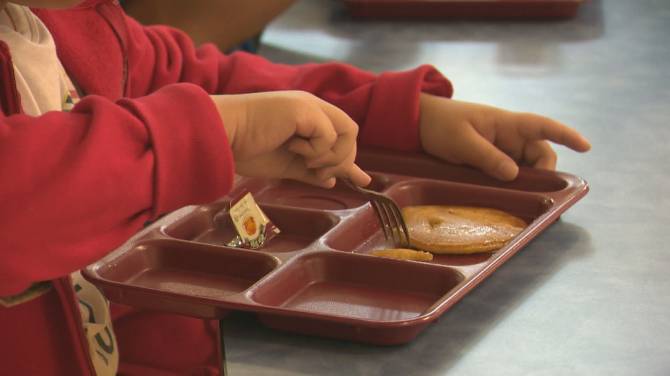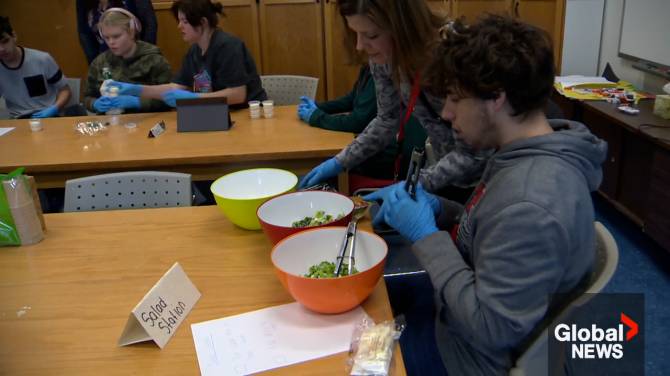A plan for a nationwide school food program has reached Finance Minister Chrystia Freeland's desk, and with the federal budget just weeks away, advocates hope the proposal will be approved.
The suggested plan comes as food costs continue to cause political problems for governments across the country, according to Tyler Meredith, a policy thinker and former economic adviser to Freeland and Prime Minister Justin Trudeau.
“A proposal has now been put forward to Minister Freeland, and it’s now for us to watch whether it’ll be funded in the budget,” Meredith said.
“I’m cautiously optimistic.”
The federal government talked to provinces, territories, municipalities, Indigenous groups, and other stakeholders to develop the framework over the past year.
The Liberal government has long promised to move in this direction, and Trudeau campaigned on it during his re-election campaign in 2021, pledging to put $1 billion over five years toward such a program.
That money is urgently needed, community food groups argue, as Canadians increasingly struggle to put food on the table and many families find themselves in food bank lineups.
“It would help to meaningfully address something that many families are dealing with, which is both the high cost of food and also frankly the significant time and effort that is required in preparing lunches for kids,” Meredith said.
Freeland wouldn’t comment on the plan that’s currently before her. A spokesperson for her office said the 2024 budget expected on April 16 will focus on making life affordable, building homes and creating jobs.
While education doesn’t fall under federal jurisdiction, a national lunch program would allow Ottawa to partner up with provinces and territories, many of which are already doing the work alongside community groups.
A national school program would be a scale-up similar to Ottawa’s national child-care program, said Meredith.
The effort to lower daycare costs to $10 a day required investments from federal, provincial and territorial governments.
Providing school lunches as a national program allows Ottawa to use its spending power “in a smart way that helps to address and alleviate concerns associated with inflation,” Meredith said.
“They are able, potentially, to buy food and distribute it at a scale that individual families simply do not have the bargaining power to compete with in the market when they go to fill their grocery cart,” he said.
In the past year, British Columbia, Manitoba and Nova Scotia have allocated money toward school lunches, but on-the-ground organizations argue a federal partner would lead to more mouths fed.
“We believe that there is no other initiative that the federal government could take that would — for the money spent — have as big an impact on supporting food affordability and helping families than investing in a national school food program in budget 2024,” said Carolyn Webb, mobilization coordinator with The Coalition of Healthy School Food, Canada’s largest school food network.
Webb, who requested Ottawa earlier this week to finance a nationwide program, stated it would also benefit local producers and farmers, and generate more employment for food services workers.
“I believe if we observe an indication in the budget that the government is inclined to progress in this direction, I think it can trigger a fairly rapid discussion with provinces about how they all contribute,” Meredith said.
“This is the most important problem that families and voters of all socioeconomic groups are dealing with, and why they are dissatisfied, and what they want governments to concentrate on.”





